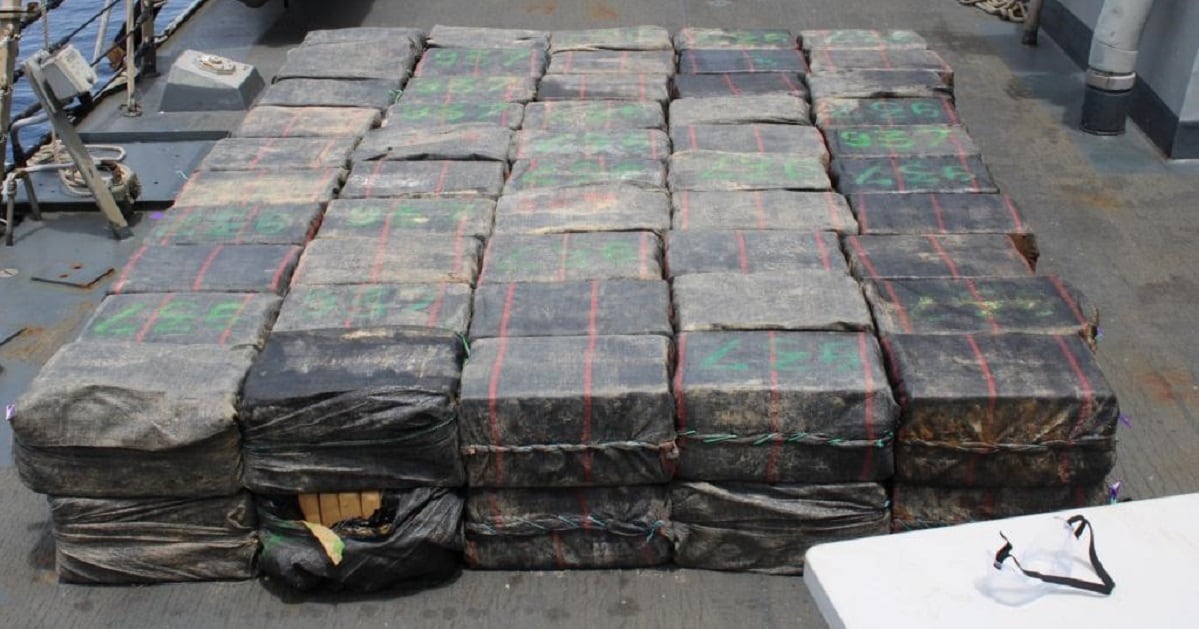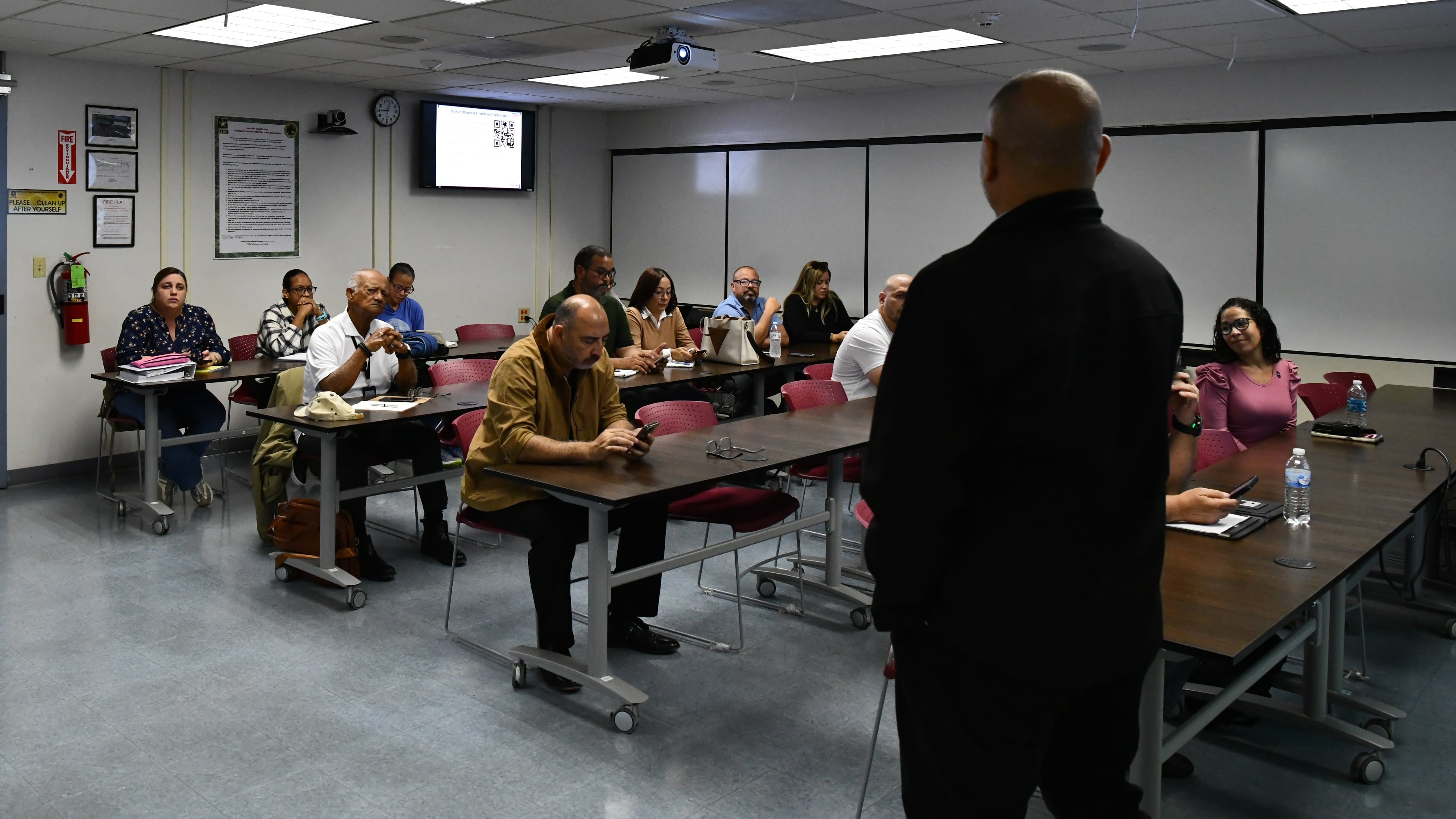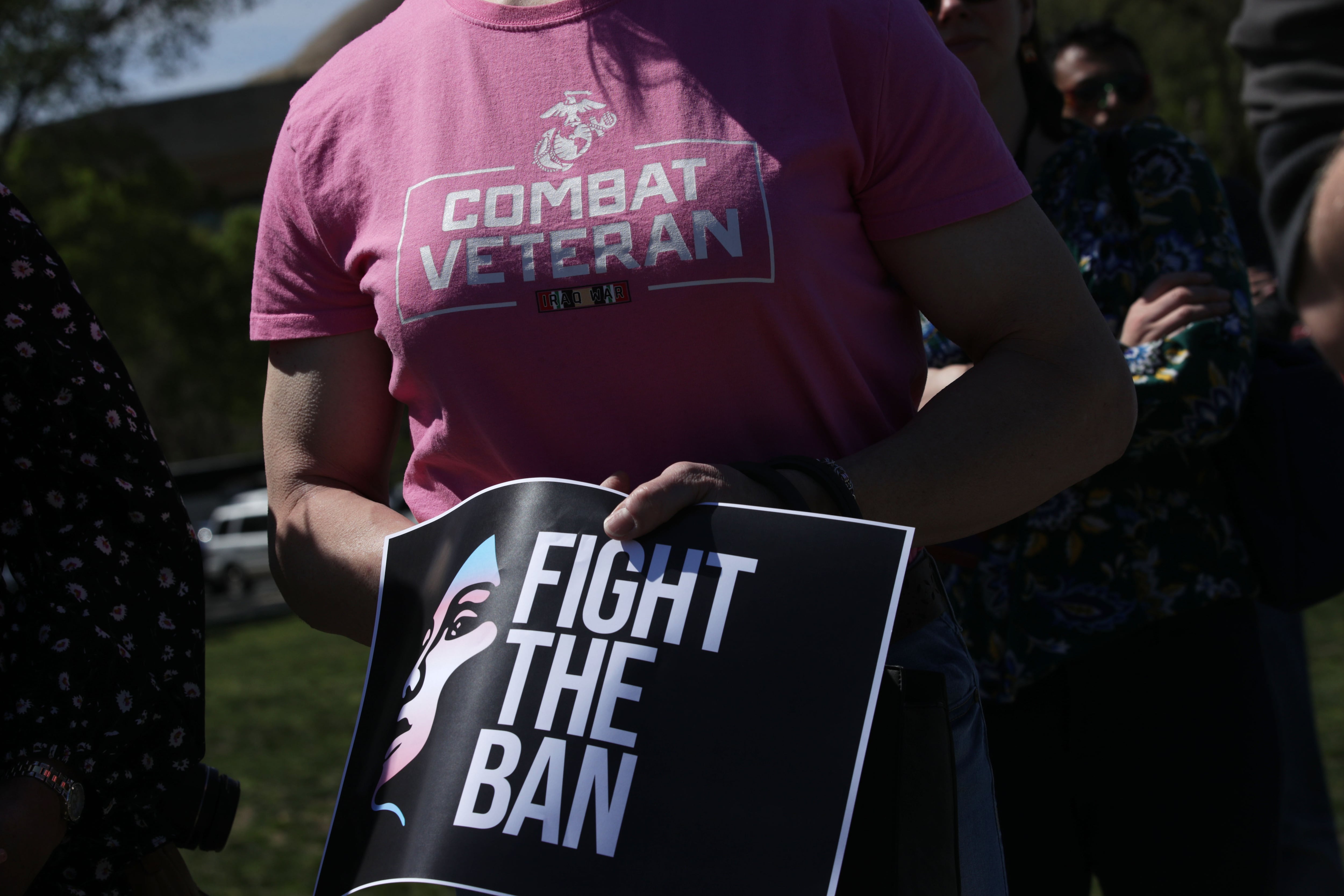The three combatant commands involved in the Pentagon’s counternarcotics mission in the Americas need more defined roles in their joint operations, according to a watchdog report released Tuesday.
The Government Accountability Office noted that the commands involved in U.S. efforts to curb drug trafficking of cocaine, fentanyl and precursor chemicals — U.S. Southern Command, Northern Command and Indo-Pacific Command — do not have updated agreements on their “individual and joint responsibilities in the overlapping operation area.”
While the Office of the Deputy Secretary of Defense for Counternarcotics and Stabilization Policy collects data on counternarcotics activities, the report found that assessing effectiveness of operations is limited due to an inconsistency of entering data into the respective database.
The GAO added that establishing measurable outcomes for counternarcotics objectives would allow the Pentagon to more appropriately allocate resources and adapt to changing threats.
“DOD has not assessed the agency-wide effectiveness of its counternarcotics and counter–transnational organized crime activities and does not have a plan for future assessments,” the report states. “Contrary to key practices, [the Pentagon] has not identified measurable outcomes for each strategic objective. ... Officials also said they intend to assess agency-wide progress but have not developed a plan to do so.”
An assessment of Pentagon efforts to disrupt drug traffickers comes at a precarious time in the United States. Overdoses involving synthetic opioids, such as fentanyl, are the leading cause of death for people 18 to 45, according to the Council on Foreign Relations. A study from Mayo Clinic and Yale University found that deaths from fentanyl alone tripled between 2016 and 2021.
Transnational criminal organizations are transitioning from plant-based drugs, such as cocaine or heroin, to synthetic drugs, such fentanyl, according to the report. Defense officials told the GAO that the more lucrative synthetic drugs are easier to produce and transport across borders, which leads to greater difficulty detecting and monitoring.
In 1989, the Pentagon created a number of joint task forces to allow the military to better coordinate its counternarcotics operations with other federal agencies. INDOPACOM, SOUTHCOM and NORTHCOM still have task forces for such efforts, but the boundaries of those task forces have shifted.
The Pentagon published a memo in 2003 that expanded the area of operation for Joint Interagency Task Force-South — previously only within SOUTHCOM. Instead of each of the combatant commands having a corresponding task force, that task force brought in areas under two other combatant commands: the western coasts of Mexico and the U.S., the islands in the Caribbean Sea and the Gulf of Mexico.
Defense officials cited Caribbean operations and naval operations off the Mexican coast as two areas of specific contention over operational duties, according to the report.
Zamone “Z” Perez is a reporter at Military Times. He previously worked at Foreign Policy and Ufahamu Africa. He is a graduate of Northwestern University, where he researched international ethics and atrocity prevention in his thesis. He can be found on Twitter @zamoneperez.





